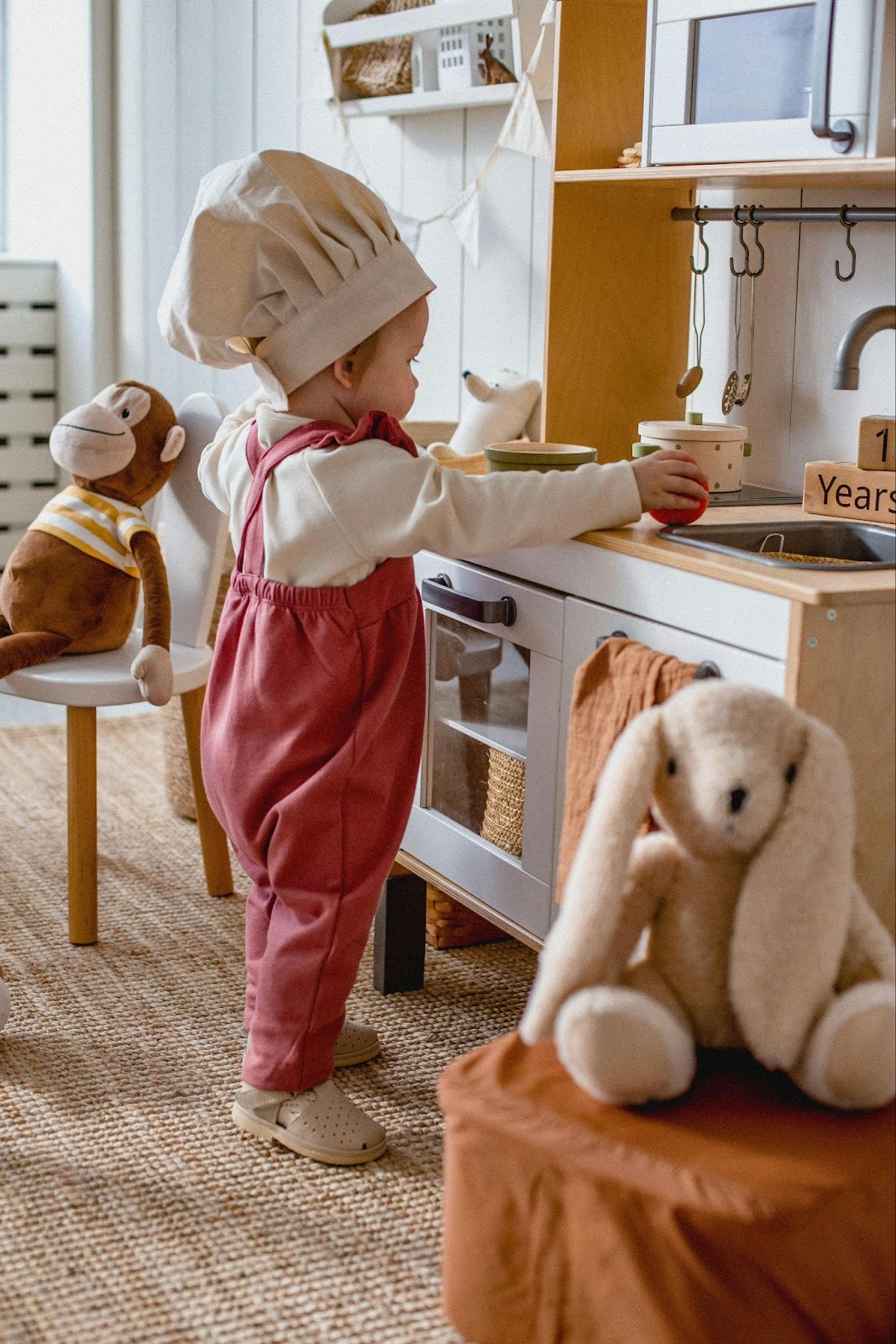Join me for a second to imagine two people having to share an airport cab. While they understand the assignment, they run into one little issue: both of them don’t understand the other’s language. So, what can they do? They can call out for an interpreter, assuming someone will be willing to help or they can make the best of non-verbal communication.
Non-verbal communication is uncomfortable for speaking individuals but there are cases where they are all you have. Since you are reading this article, there is a chance that you are in such a situation.
Few things excite new parents like a speaking child. However, what happens before then? Is there a need for communication? The short answer is yes. There must be a way to reach out to a nonverbal child, irrespective of the cause of the child’s silence.
Baby sign language isn’t just a prop to show that you have a smart baby. It can be a vital tool, so join me in examining the benefits of using baby sign language with nonverbal children.
The Nonverbal Child
Photo by Коледа Дмитрий
Many adults associate nonverbal children with autism. While autism can make a child nonverbal, it isn’t the only reason a child is nonverbal. For clarity’s sake, we must define a nonverbal child.
A nonverbal child is a child that can’t speak with their mouth. They communicate through nonverbal cues, like shrugging, crying, smiling, pointing, or other body gestures. Sometimes they even make sounds but these sounds aren’t words.
The natural transition of children is from nonverbal to verbal. No child is born with a vocabulary set. They learn to speak. The time when a child speaks is dependent on many factors like genetics, environment, and health.
It is easy for people to have misconceptions about nonverbal children, so before you teach them sign language, you have to understand what interacting with a nonverbal child is or isn’t.
Misconceptions about Nonverbal Children
Nonverbal children are difficult to understand because, well, they don’t communicate with words. This has led to many misconceptions about them including their abilities and potentials.
Autism: One misconception about nonverbal children is that they are all autistic. While autism might lead to a child choosing not to communicate through words, not all children who are nonverbal are autistic.
There are other causes of nonverbal communication like health, slower development, genetics, or trauma. It is important that you see a specialist with your nonverbal child before concluding.
ADHD: Many people who try to teach nonverbal children will tell you that they are particularly prone to not paying attention. That is a misconception because most nonverbal children don’t give feedback on the information they are being fed. Instead, they just take it all in. This might make people think they have ADHD when they are actually paying attention.
Non-Social: It is easy to assume that a child that isn’t speaking is a child that wants to be left alone. The reality is far from that. Nonverbal children want love and attention. They might not just know how to express that need properly or understand the need.
The Benefits of Using Baby Sign Language with Nonverbal Children
Now that we understand who nonverbal children are and examined a couple of misconceptions regarding nonverbal children, it is time to see how baby sign language can be beneficial to nonverbal children.
Better Social Skills
One major benefit of teaching baby sign language to a nonverbal child is the development of better social skills. With a tool to communicate, a nonverbal child cannot express themselves better than they normally do.
It is easy, especially as a parent, to assume you know what your child needs when in reality you are guessing most of it.
For nonverbal children, an ability to communicate via baby sign language can be the difference between sharing your thoughts and staying silent.
Speech Improvement
As I said earlier, parents anticipate the day their child communicates in sentences. However, for nonverbal children, this wait might be longer than expected. First I have to remind you that many factors can make a child nonverbal.
So, for those who don’t have an obstructing medical condition, baby sign language can help. If you teach a nonverbal child baby sign language, there is a chance that this will aid the child in developing speech.
However, note that this isn’t always the case and as I have said before, consult a specialist if you feel your child is struggling with speech impairment.
Better Mental Health
A nonverbal child can easily feel ignored and left alone in the world. This is because they observe others and even some children in their age bracket communicate with words.
Teaching such a child baby sign language will be a good boost to the child’s mental health as it helps them communicate more effectively. Baby sign language will also help them let people know when they are uncomfortable, in pain, or unhappy. This will reduce the feeling of frustration.
With baby sign language there will be an increase in self-confidence and gradually the child will be comfortable communicating in public.
All these things combine to give the child a better state of mental health.
However, consult a professional if you feel your child is struggling with their mental health while being nonverbal.
Final Thoughts
Nonverbal children deserve all the care and attention that verbal children get. They also deserve to share their thoughts and feelings with the world especially as you have now learned that being nonverbal isn’t a vow of silence, nonverbal communication is important.
With baby sign language, nonverbal children get the chance to improve their social skills and have the tools to communicate with others. They are also able to improve their speech development process. For those who are just being late boomers, it is especially essential. Generally, teaching a nonverbal child baby sign language will improve their mental health.
So, do you want to know how you can begin? Contact Unspoken Language Services. I have tailored courses to help you teach your nonverbal children baby sign language. Don’t hesitate to give your child the tools they need.
Thumbnail Photo Credit to: Photo by Pixabay




